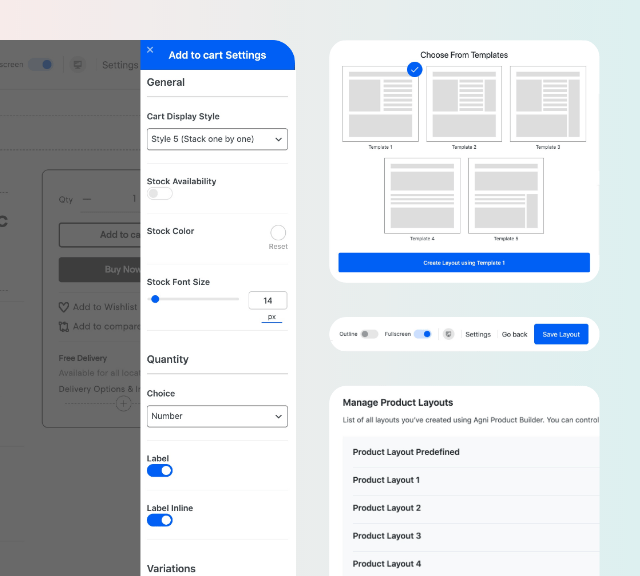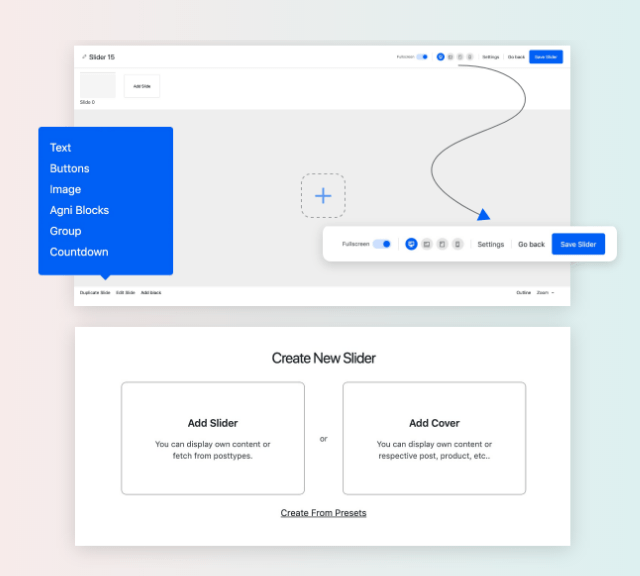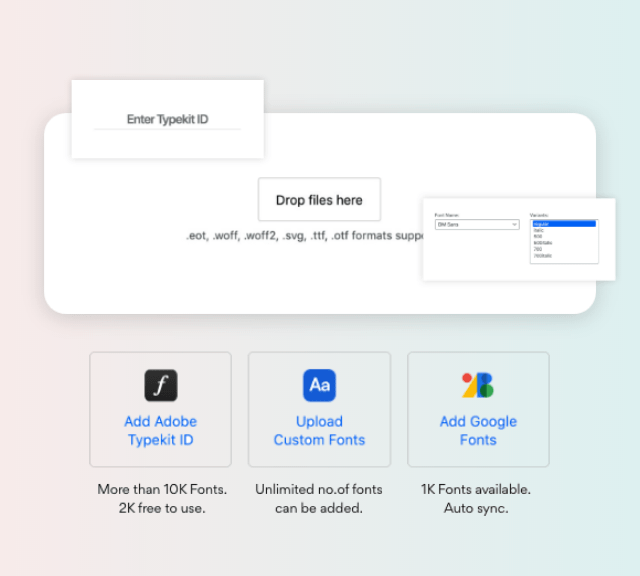Content
So if you produce 500 units a month and spend $50 on each unit in terms of overhead costs, your manufacturing overhead would be around $25,000. Period expenses are closely related to periods of time rather than units of products. For this reason, firms expense (deduct from revenues) period costs in the period in which they are incurred.
- Our writing and editorial staff are a team of experts holding advanced financial designations and have written for most major financial media publications.
- However, if the company produces more units of the better-selling product than it should, it will incur additional costs.
- Many employees receive fringe benefits paid for by employers, such as payroll taxes, pension costs, and paid vacations.
- General and administrative overhead traditionally includes costs related to the general management and administration of a company, such as the need for accountants, human resources, and receptionists.
- That’s why we’ve created this guide that will help you understand all you need to know about manufacturing overhead and how to reduce it.
- Even though all businesses have some manufacturing overhead costs, not all of them are equal.
- The most significant advantage of including manufacturing overhead in your budget is that it lets you see where most of your monthly money goes.
Overhead expenses can be fixed, meaning they are the same amount every time, or variable, meaning they increase or decrease depending on the business’s activity level. Overhead expenses can also be semi-variable, meaning the company incurs some portion of the expense no matter what, and the other portion depends on the level of business activity. You can calculate applied manufacturing overhead by multiplying the overhead allocation rate by the number of hours worked or machinery used. So if your allocation rate is $25 and your employee works for three hours on the product, your applied manufacturing overhead for this product would be $75. There are a few business expenses that remain consistent over time, but the exact amount varies, based on production. For example, companies have to pay the electricity bill every month, but how much they have to pay depends on the scale of production.
How Do You Allocate Overhead Costs?
Period costs are closely related to periods of time rather than units of products. For this reason, businesses expense period costs in the period in which they are incurred. Accountants treat all selling and administrative expenses as period costs for external financial reporting. Manufacturing overhead is added to the units https://investrecords.com/the-importance-of-accurate-bookkeeping-for-law-firms-a-comprehensive-guide/ produced within a reporting period and is the sum of all indirect costs when creating a financial statement. It is added to the cost of the final product, along with direct material and direct labor costs. Manufacturing overhead (MOH) cost is the sum of all the indirect costs which are incurred while manufacturing a product.
Manufacturing overhead is made up of the indirect costs a company undertakes in its production process. Other expenses such as direct labor hours, materials costs, and similar items directly involved in the actual manufacturing process, do not fall under the category of manufacturing overhead. Manufacturing overhead (also known as factory overhead, factory burden, production overhead) involves a company’s manufacturing operations. A Deep Dive into Law Firm Bookkeeping It includes the costs incurred in the manufacturing facilities other than the costs of direct materials and direct labor. These semi-variable manufacturing overhead costs include things like utilities, packaging materials, and shipping fees. Although these costs can fluctuate depending on the number of orders being processed, eCommerce businesses can still get a handle on them by taking a closer look at their spending patterns.
What Are Overhead Cost Examples?
That means you’re paying 20 cents in manufacturing overhead costs for every dollar that goes into your pocket. This means that 66.67% of your production costs are considered manufacturing overhead. If you’re a business owner, you know that your overhead expenses are the costs of running a business that isn’t directly related to making or selling a product.
Selling expenses are incurred to market products and deliver them to customers. Administrative expenses are required to provide support services not directly related to manufacturing or selling activities. Administrative costs may include expenditures for a company’s accounting department, human resources department, and the president’s office. Any of these companies may just use the term overhead rather than specifying it as manufacturing overhead, service overhead, or construction overhead. Overhead is part of making the good or providing the service, whereas selling costs result from sales activity and administrative costs result from running the business.








































